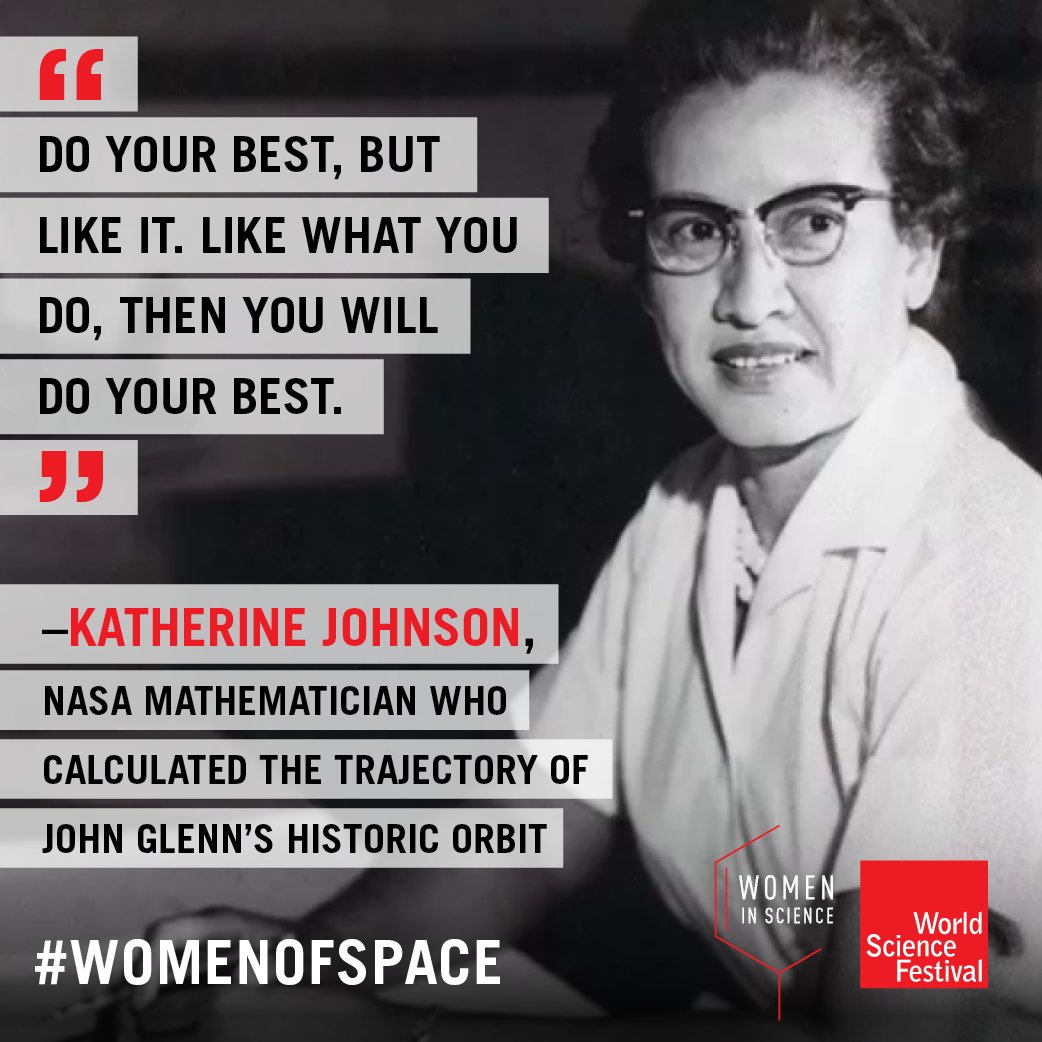

The West Computers were at the heart of the center’s advancements. The agency was dissolved in 1958, to be replaced by the National Aeronautics and Space Administration (NASA) as the space race gained speed. Built in 1917, this research complex was the headquarters for the National Advisory Committee for Aeronautics (NACA) which was intended to turn the floundering flying gadgets of the day into war machines. Growing up in Hampton, Virginia, in the 1970s, Shetterly lived just miles away from Langley. “Those guys have all told their stories.” Now it’s the women’s turn. “We've had astronauts, we’ve had engineers- John Glenn, Gene Kranz, Chris Kraft,” she says. The book's film adaptation, starring Octavia Spencer and Taraji P. Her new book Hidden Figures shines light on the inner details of these women’s lives and accomplishments. “These women were both ordinary and they were extraordinary,” says Margot Lee Shetterly.

Called the West Computers, after the area to which they were relegated, they helped blaze a trail for mathematicians and engineers of all races and genders to follow. Many of these “computers” are finally getting their due, but conspicuously missing from this story of female achievement are the efforts contributed by courageous, African-American women. Sharp and successful, the female population at Langley skyrocketed.

Ushered into the Langley Memorial Aeronautical Laboratory in 1935 to shoulder the burden of number crunching, they acted as human computers, freeing the engineers of hand calculations in the decades before the digital age.

It’s the same.As America stood on the brink of a Second World War, the push for aeronautical advancement grew ever greater, spurring an insatiable demand for mathematicians. If I gave you that answer last year, it’s the same now. And it was a joy to contribute to the literature that was going to be coming out.īut you know, math is the same. I like the stars and the stories we were telling. The main thing is I liked what I was doing. I didn’t do anything alone but try to go to the root of the question – and succeeded there. Her calculations proved critical to the success of the Apollo Moon landings and the start of the Space Shuttle program. Katherine continued to work at NASA until 1986. But when they went to computers, they called over and said, "Tell her to check and see if the computer trajectory they had calculated was correct." So I checked it, and it was correct. You could do much more, much faster on the computer. You tell me when you want it and where you want it to land, and I'll do it backward and tell you when to take off." That was my forte.Įven after NASA had electronic computers, John Glenn requested that Katherine personally recheck the computer calculations before his 1962 Friendship 7 flight – the first American mission to orbit Earth. As a human computer, Katherine calculated the trajectory for astronaut Alan Shepard’s 1961 Freedom 7 mission to space – the first spaceflight for an American.Įarly on, when they said they wanted the capsule to come down at a certain place, they were trying to compute when it should start.


 0 kommentar(er)
0 kommentar(er)
